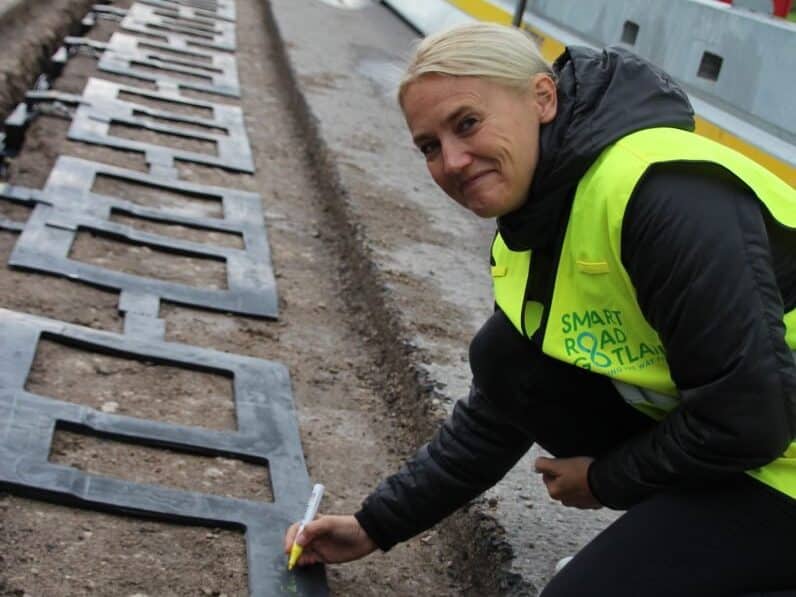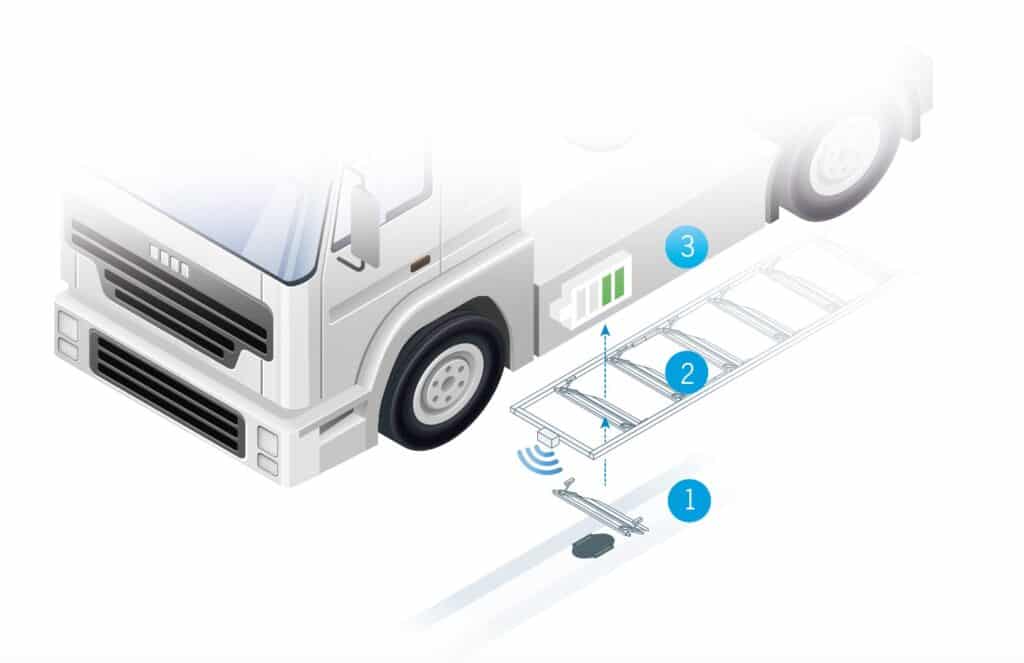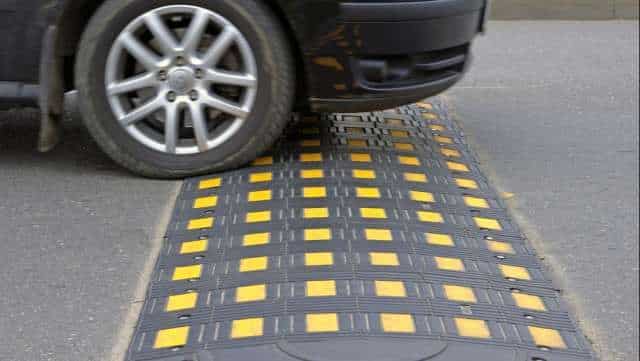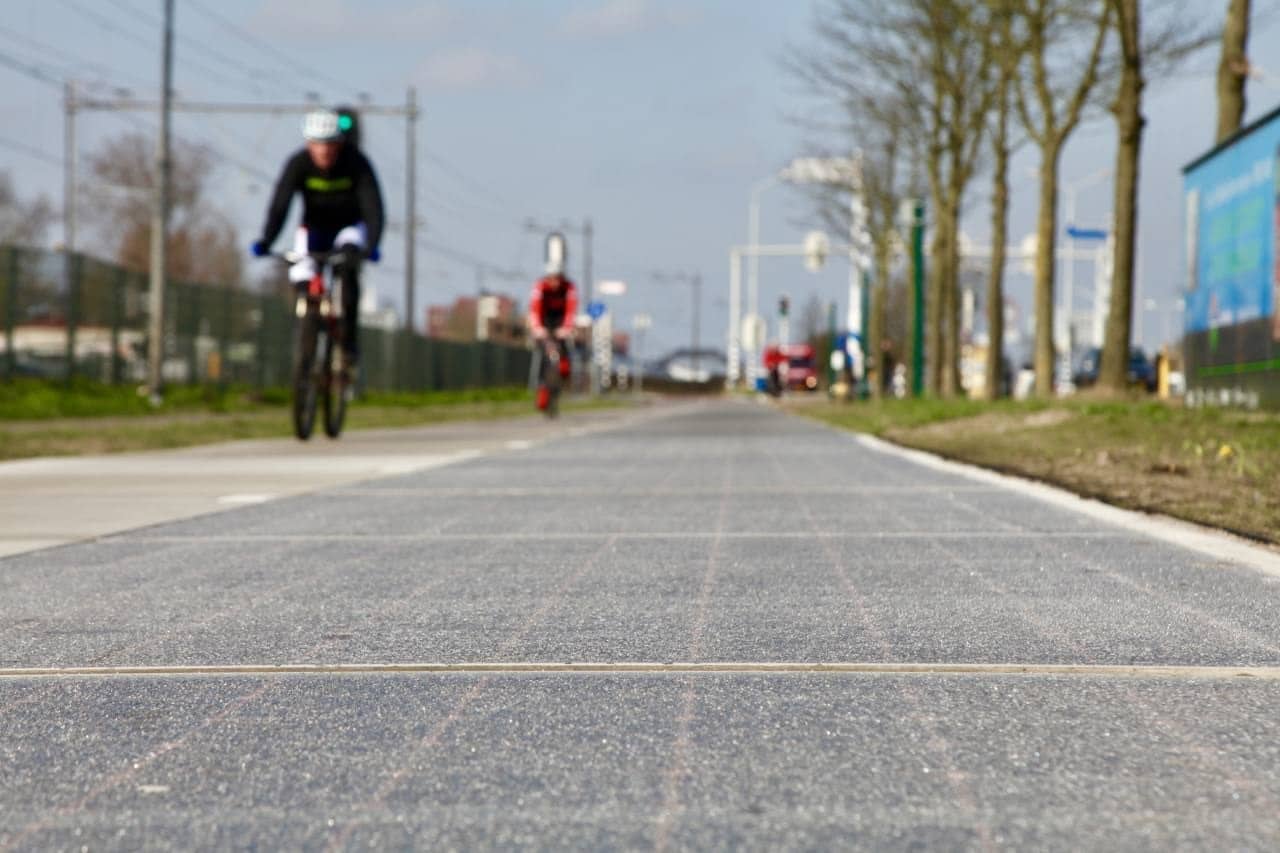The idea of a road that absorbs and collects energy from the vibrations of passing vehicles, buses and trucks may sound like science fiction. Energy harvesting has long been a scientific concept in the scientific community, but has only recently moved on to practical real-world applications.
Among the various startups that are studying and implementing energy harvesting projects there are three that in my opinion are a little closer to transforming the concept into an everyday reality.
ElectReon (Israel)

ElectReon is an Israeli company that has developed an inductive charging system on the road.
How does Electreon's energy harvesting work?
Its energy harvesting solution powers electric vehicles from electric fields generated by copper coils under the asphalt. A management unit transfers energy from the electricity grid to the road infrastructure and manages communication with approaching vehicles. Receivers are installed under the chassis of vehicles to transmit energy directly to the battery while driving.
After the first tests started in September 2020 (I told you about it here), last December the company launched an E-bus shuttle in Germany. It is the world's first vehicle charged by the first wireless electric road system. The Electreon energy harvesting solution powers a bus line between a training center in Karlsruhe and the local public transport system.
Wireless charging eliminates the need for many electrical connections at bus stops. It also reduces the weight, size and reliability of the vehicle's battery. Not to mention, charging while traveling minimizes vehicle downtime and increases operating hours.
Elonroad (Sweden)

Elon road creates charging infrastructure for fully electric vehicles. Its energy harvesting solution is a self-powered street charging station for cars that drive and park: it can be used in cities, highways, parking lots and taxi lines.
The company places numerous conductive sockets at the top of roads. The electric rail features a conductive socket under the vehicle that communicates via a wireless system to create bus stop charging and on-the-go charging for vehicles with access permits.
Finally, the road connects to a server that identifies each vehicle. The energy supplied by each section is recorded, and the customer is charged the correct amount based on its usage.
Underground Power (Italy)

underground power is an Italian company that creates smart speed bumps. The tire-like rubber flooring converts the kinetic energy produced by moving vehicles into electrical energy.
This energy harvesting solution helps cars stick to speed limits and recovers wasted kinetic energy during deceleration.


